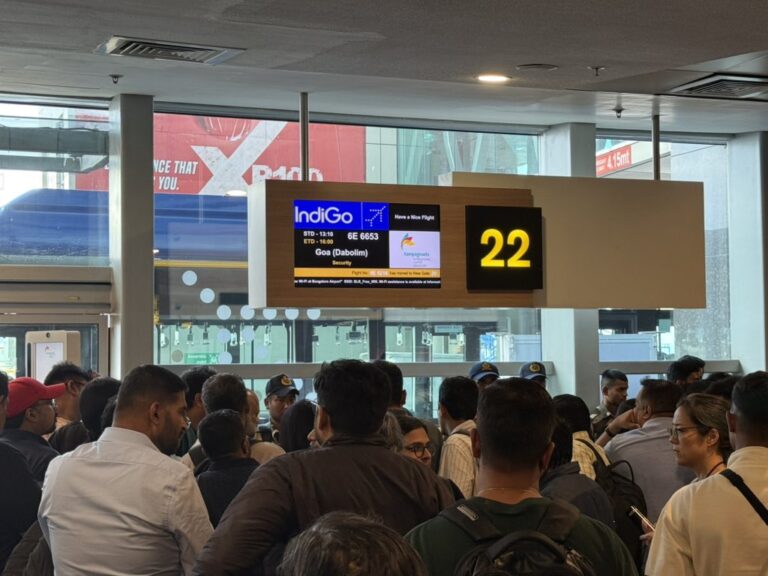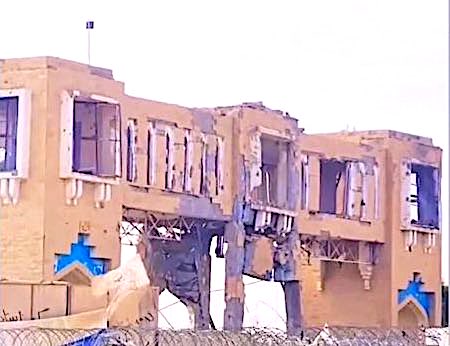
Mawlawi Hibatullah Akhundzada
Spotlight
 By Venkatesh Raghavan
By Venkatesh Raghavan
Even as Taliban official spokesperson, Zabihulla Mujahid sounded that their troops have gained control over the Panjshir province, media houses both Western and Asian are still not sure about the situation on ground owing to stout denials coming from National Resistance Force (NRF) who claim, “We have managed to hold out against the Taliban.” The civil war situation that continues to escalate with live video reports of killings carried out by the Taliban forces also throws up a lot of questions of how things will turn out to be, once they assume complete charge under the stewardship of Mawlawi Haibatullah Akhundzada who is a religious head hailing from the Noorzai clan that enjoys the status of being mightiest among the Pashtun tribes. He was born and raised in the Panjwayi district just outside Kandahar and had grown up studying in madrassas.
On ground, as the violence continues unabated, with mounting casualties on both sides, the state of Afghanistan is faced with a big question mark over what will shape their future. From a global viewpoint, people around the world turn their heads to find out how exactly will Afghanistan fare in the post-Taliban rule that is slated to commence sometime next week. The sad story is that under the 20 years of allied occupation, including troops from the United States and other Western powers, there was no change in the fortunes of the average Afghan citizen. To this day, nearly 90% of the population is living in stark poverty with an income of less than 2 dollars per day.
Why is there this sudden media focus on how a Taliban-controlled regime will shape the future of Afghanistan? The understandable part is that women and weaker sections of society may acutely suffer under this regime. However, as of now, the Taliban forces are keen to maintain an official stand of their becoming moderate and tolerant compared to their stint in the pre- September 2001 era. This guise does not crop up without any reasons. The Taliban is aware that without funds pouring in from donor countries they may find it difficult to run the country and may as well get starved in the event of a prolonged financial crisis.
It’s exactly similar to instances where banana-republics over the globe in under-developed economies maintain a farce of democracy in order to attract foreign funding. While some of the concern pouring in from different countries about women’s emancipation might merit being called genuine, there is a big question mark about why despite two decades of allied occupation the average citizen is no better than he was during the Taliban regime’s first stint.
The story going around the world is that the American troops have lost the battle that commenced with unmanned drones targeting and bombing Taliban-infested areas in the country. While the story at that point dwelt on disputes over claims about civilian casualties, the focus gradually shifted towards the setting up of a democratically elected government that stood by liberal values including empowerment of women in the fields of education and job opportunities.
Meanwhile, there were talks galore about building of infrastructure and social recreational facilities in the incessantly war-torn state since the early days of a Russian invasion. Money was pouring in from America for training the soldiers fighting on the side of the Afghan government. They were trained in usage of American weapons, flying of American aircraft besides usage of American technologies that were of assistance in a full-fledged war zone. Needless to say, successive American presidents have been stressing on how much of their tax-payers money was being sunk into Afghanistan to protect the world from terrorists. Ironically, the war weapons and other American paraphernalia were by and large supplied by the five top American defense companies including Boeing.
In short, the public money coming from the US citizens’ kitty was directly filling the coffers of the American-owned Defense majors or to put it in simple words, American money was circulating within America. To get an idea of how huge the quantum of fund flow is, the official media channel placed it at 2.26 trillion dollars.
While the money trail explains itself, the most important question arising is how will things work out for the average Afghan citizen in the years to come? Interestingly, China has announced its intentions to help Afghanistan re-build the country and invest in setting up adequate core infrastructure. However, the biggest irony still remains. “Why is there a need to “re-build” after two decades of occupation that kept stressing on “building” the country?”





